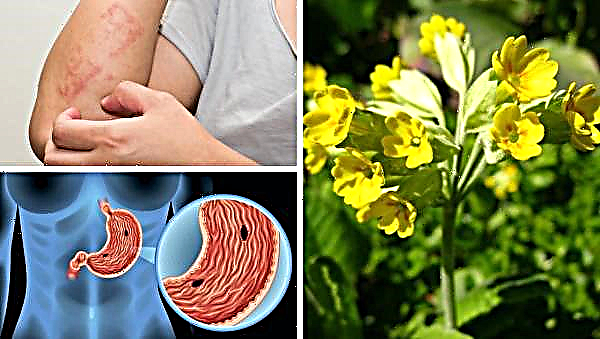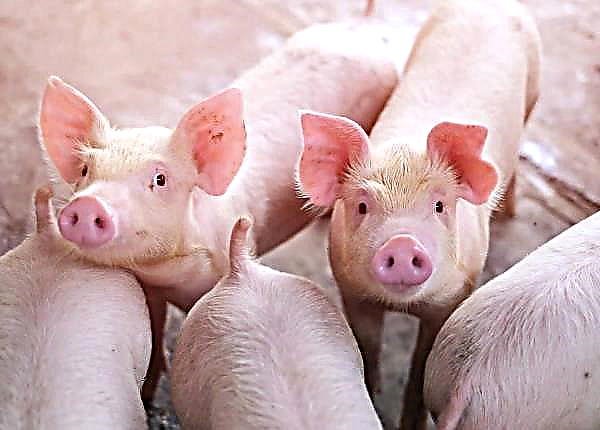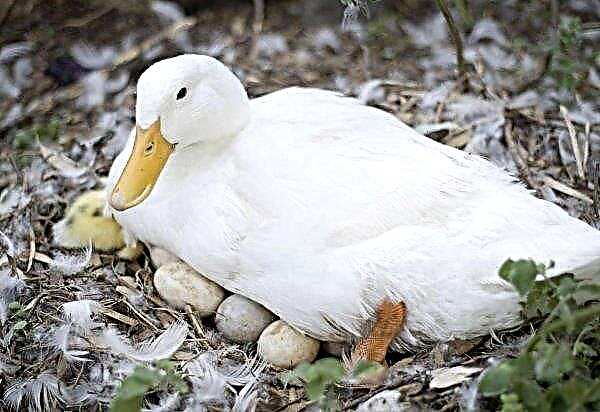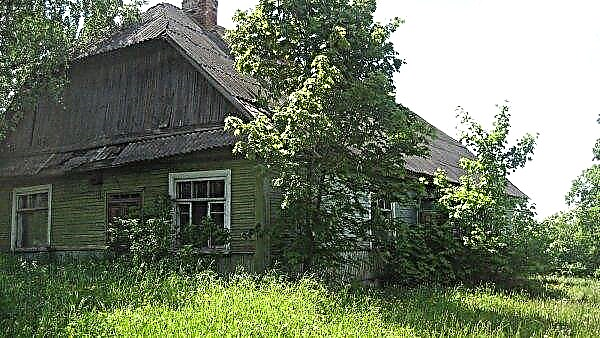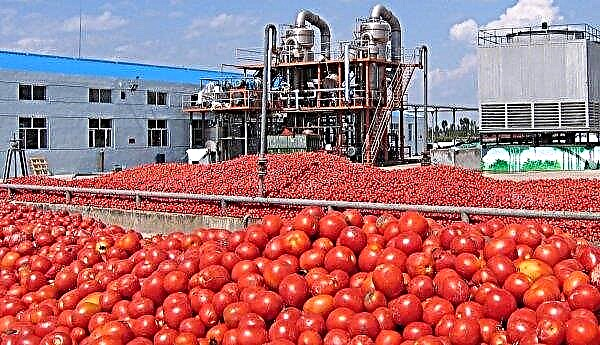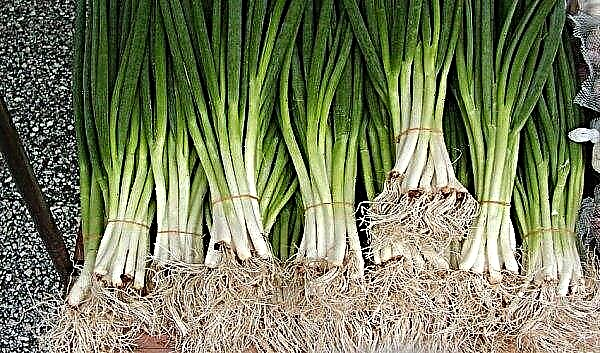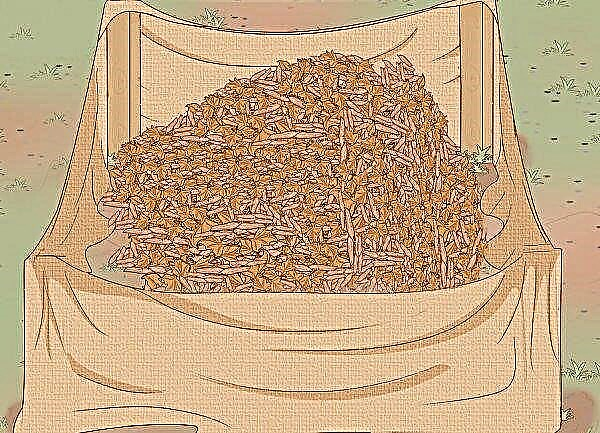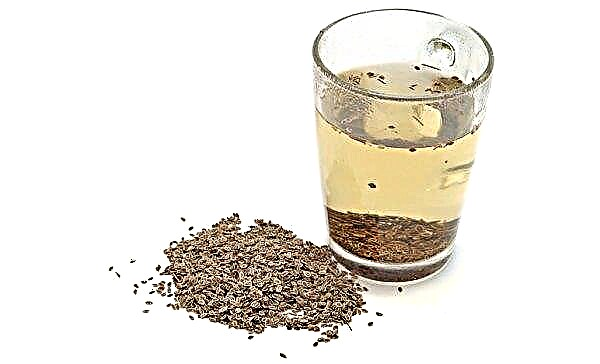Now there are many varieties and varieties of begonias used in floriculture that are unlike each other. But their owners often encounter the same difficulties when growing. Let us consider such a frequently encountered problem with begonias as the drying of foliage edges, the causes of its appearance and solutions.
Basic rules for growing and caring for begonia
To care for this indoor flower is not difficult, even for beginners. Room temperatures are suitable for him. In summer, the optimum temperature range will be + 15 ... + 20 ° C, and in winter closer to + 15 ° C. Begonias do not like the direct rays of the sun, so you should keep them on the windows facing west or east. In winter, they should be rearranged away from heating appliances, protected from drafts and sudden temperature changes. Do not allow the soil to dry out, but waterlogging should also be avoided, as it leads to decay of the plant.
Important! Begonia does not tolerate dry air and it needs to organize its humidity not lower than 60%.
Why do begonias dry leaves at the edges and how to save the plant
Begonia differs not only in lush and long flowering, but also in decorative leaves. When they begin to dry around the edges, the foliage loses its beautiful, juicy appearance. If young foliage withers and dries, the reasons lie in violations of care and maintenance, as well as in the appearance of diseases and pests.
Abrupt change of environment
Not all types of begonias tolerate rearrangement and change of environment. Many gardeners make the mistake of taking this flower to the balcony. Such a rearrangement is stressful for sensitive indoor plants and can affect foliage. The situation is also exacerbated if the hot direct rays of the summer sun begin to fall on the flower. Most begonias do not tolerate them - they burn the foliage. The same situation can cause a draft.
Did you know? Begonias got their name in honor of the French quartermaster of the colonies and fleet Michel Begon. This plant was discovered by a scientific expedition led by him to the Antilles in 1687. They were discovered and described by the botanist Charles Plumier, who was part of the expedition and was a friend of Begon.
Dry air
Begonia refers to tropical plants that prefer a humid climate. Dry air negatively affects the condition of its foliage and flowers. Most often, the air becomes dry under the influence of heating devices in the winter or in arid hot summers.
Micronutrient deficiency
If the plant is in optimal conditions for itself, and normal care is provided for it, then the cause of leaf wilting at the edges of the begonia may be a lack of nutrients. This flower should be fertilized during the period of active vegetation and flowering 2-3 times a month.
When choosing top dressing, one should take into account the type of begonia:
- decorative and deciduous varieties prefer complex fertilizers with a high nitrogen content (Kemir, Agricol);
- decorative-flowering varieties should be fed potash-phosphorus fertilizers ("Bud", "Bloom").
Dense soil
Poor water and air permeability of the soil leads to stagnation of water, and begonia does not tolerate this. Weak roots of a plant in such soil rot, and this affects the whole plant, it withers and dies.
Did you know? Begonia leaves secrete volatile, purifying the air around them. This plant is useful for smokers and asthmatics. It is believed that it improves energy tone and performance.
Diseases
Leaf lesions can cause various diseases. Most often, they develop against the background of waterlogging. Consider the most common diseases.
Powdery mildew
A white coating appears on the foliage, constantly increasing in size. Foliage begins to fade and crumble. To combat this fungal disease, a solution of copper sulfate with laundry soap is used. For its preparation, 2 g of copper sulfate and 20 g of soap chips are diluted in 1 liter of water. Laundry soap can be replaced by tar or green, then the solution will be even more effective. Affected parts are removed.
Gray rot
Damp grayish spots appear on the leaves, which brown and rot over time. Rotting is thrown onto the stems, and the blackened leaves curl and dry. Here the above solution of copper sulfate and soap will come to the rescue. In case of severe lesions, it is better to use fungicides - solutions of “Fundazole” (0.2%) or “Topsin M” (0.1%). Affected leaves and stems are cut.
Bacterial infections
Of bacterial infections, begonia is most often affected by bacterial spotting. It appears first on the lower part of the sheets with glassy spots, which turn brown over time. Then the foliage turns black and falls off. Sick parts are removed and the plant is sprayed with copper chloride (0.5%) 2 times with an interval of 14 days. Unfortunately, it is not always possible to save a flower, and then it will be disposed of, and the soil where other, still healthy specimens are left, will be disinfected.
When should you not be afraid?
In some cases, do not worry about drying out the leaves. So, the drying of leaves along the border can occur due to natural aging. This process takes place at the bottom of the plant, where old leaves are located. In this case, you can cut off dry foliage or gently cut with a sharp knife. Before use, the tool must be disinfected by wiping it with alcohol.
It is desirable to sprinkle the place of cutting or clipping of foliage with wood ash or activated carbon powder. Some varieties of flowering begonias themselves drop leaves when the cold season begins, so that in the spring they can grow back from tubers. Such plants should properly organize the dormant period.
Important! It should be noted that the frequency of irrigation directly depends on the room temperature. At high temperatures in the summer heat more abundant watering is needed - the soil should not completely dry out. If this happened, then in order to reanimate the plant, the pot should be soaked in water for a couple of hours.
Preventative measures
To prevent leaf wilting, the following should be done:
- observe all the rules of proper care (watering, lighting, humidity);
- prevent overflow and complete drying of the soil;
- obscure the plant from direct sunlight;
- Do not rearrange to another place and protect from drafts;
- Do not place a flowerpot near heating appliances;
- for the prevention of brown spotting, it is possible to conduct treatment with 0.5% copper chloroxide;
- for the general prevention of fungal diseases, it is recommended to water the flowers with a solution of the drug “Fitosporin-M” or “Immunocytophyte”;
- When planting and transplanting, always use disinfected soil;
- pots with begonia should not stand close to each other;
- yellowed and dry parts of the plant should be cut, and the place of the cuts must be sprinkled with activated carbon powder;
- monitor soil friability and have drainage;
- it is necessary to inspect the flower, especially the leaflets on the back side for the timely detection of pests and diseases;
- diseased specimens should be immediately separated from other flowers or disposed of so as not to infect neighboring plants.

Useful Tips
Professional flower growers give the following useful recommendations for the content of begonias:
- For irrigation take well-settled or filtered water at room temperature. To give softness it can be acidified. In cold weather, watering is done with warm water and only when the soil is dry.
- It is advisable to loosen the soil periodically by about 1 cm in depth in order to improve the flow of oxygen.
- The room should be regularly ventilated for fresh air, but without drafts for plants.
- Deciduous begonias should properly organize the dormancy period in autumn.
- The begonia flowerpot should be placed on the well-lit side, but without direct sunlight, which can cause burns.
- Provide the necessary level of humidity. To do this, carry out small spraying with a spray gun. It should be noted that air is sprayed near the begonia so that moisture does not fall on the leaves - this can cause the appearance of brown spots. To maintain humidity when dry in a room, it is recommended to put a container of water near the flowerpot or put the pot in a tray with wet pebbles.
- Fertilize regularly for a vegetative plant.
- For transplants, use loose nutrient soil with 5.5–6.5 pH. You can buy ready-made soil for begonias, or you can make a soil mixture based on sheet land, peat, sand and humus.
- Watering should be carried out in moderation so that the water does not stagnate in the pot, as this leads to the appearance of many fungal diseases. It is recommended to water at the same time in the morning. During the period of ovary and flowering, the plant should be watered more abundantly.
Organize such care for begonia so that its leaves do not fade, just even for a beginner. You should spend very little time, and your plant will delight you with its flowering appearance.


